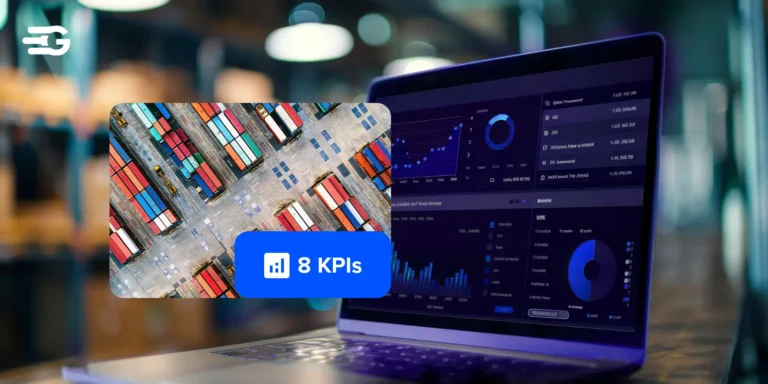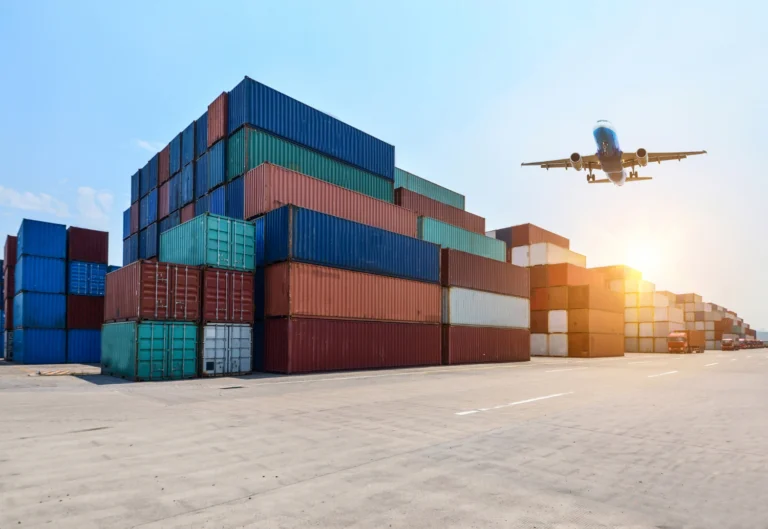Maersk Container Tracking Guide
A.P. Moller – Maersk, founded in 1904 and based in Copenhagen, is a global leader in container shipping and logistics. With an extensive network that spans continents, Maersk plays a vital role in moving international cargo through major trade routes.
Given this vast scale, tracking your Maersk containers in real time is essential to ensuring supply chain visibility, mitigating risks, and staying ahead of potential delays. This guide breaks down how to track Maersk shipments using container numbers, BLs, or booking references, and explains why third-party platforms like GoComet can offer greater visibility than Maersk’s own tracking page.
How to Track Your Shipments
You can track a Maersk shipment online without installing software or creating an account. Follow these steps:
Step 1: Open a Tracking Platform
Visit our Maersk container tracking tool that supports comprehensive Maersk shipment tracking.
Step 2: Enter Shipment Details
Use any of the following:
- Container number (e.g., MSKU1234567, MAEU1234567)
- Bill of Lading (BL) number
- Booking reference
Enter one of these into the search field.
Step 3: View Shipment Information
Tracking results typically include:
- Current container location
- Shipment status (in port, in transit, delivered)
- Estimated time of arrival (ETA)
- Notices of delays, transshipments, or rerouting
This helps monitor cargo progress across all stages of its journey.
Why Look Beyond Maersk’s Own Tracker?
While Maersk’s official platform provides shipment visibility, GoComet simplifies logistics further with:
- Tracking multiple carriers in one place, so you don’t need to switch between portals
- Monitoring bulk containers at once, unlike single-entry fields on many carrier sites
- Automated alerts on ETA changes, transshipments, and delays via email or WhatsApp
- Saved tracking history and downloadable reports in Excel/CSV format
- Unified data format across carriers, eliminating confusion caused by inconsistent layouts
- Port-level milestone updates like customs clearance and discharge events
- Referral program with free credits and extended usage limits
- Full visibility into both FCL and LCL shipments
- API integration with TMS, ERP, and other tools for enterprise users
These added features improve planning, reduce manual coordination, and give teams centralized control over all shipments.
Major Routes and Ports Served by Maersk
Common Maersk trade routes include:
- Shanghai to Rotterdam
- Singapore to Los Angeles
- Nhava Sheva to Felixstowe
- Hamburg to New York
- Shenzhen to Durban
Frequently tracked ports:
- Shanghai, Hamburg, Los Angeles, Jawaharlal Nehru, Felixstowe, Rotterdam, and others
These cover transpacific, Asia-Europe, and other high-traffic corridors.
About Maersk Shipping Line
A.P. Moller – Maersk was established in 1904 by Peter Mærsk Møller and Arnold Peter Møller in Denmark. The company has grown to become a leader in global ocean freight and integrated logistics.
Key facts:
- Operates over 600 container ships
- Delivers around 12 million TEUs annually
- Provides global logistics and freight services
- Employs over 100,000 staff worldwide
Accurate shipment tracking is especially critical given Maersk’s scale and reach.
Advantages of Real-Time Tracking
Live Maersk container tracking provides:
- Early detection of shipment issues
- Reduced detention and demurrage costs
- Improved coordination with customers and partners
- Reliable ETAs for better scheduling
- Visibility across shipping, warehousing, and delivery functions
Access to real-time data supports smoother operations and faster response times.
Final Thoughts
Maersk shipment tracking is a simple process when using the right tools. By entering a valid container number, BL, or booking ID, you can access real-time updates for any shipment. Whether you’re managing a single delivery or a full freight schedule, having visibility into your cargo’s movement ensures fewer delays and better control.
FAQs
What information is needed to track a Maersk shipment?
Use a container number, Bill of Lading (BL) number, or booking reference.
Is the tracking data real-time?
Yes. Most tracking tools pull data from live vessel feeds and port systems.
Can I receive updates about delays or arrival times?
Yes. Many platforms offer automated alerts via email or messaging services.
Why can’t I find my container status?
Ensure the tracking number is correctly entered. If problems persist, contact support.
What are Maersk’s common container prefixes?
Prefixes include MSKU, MAEU, and MCPU.



